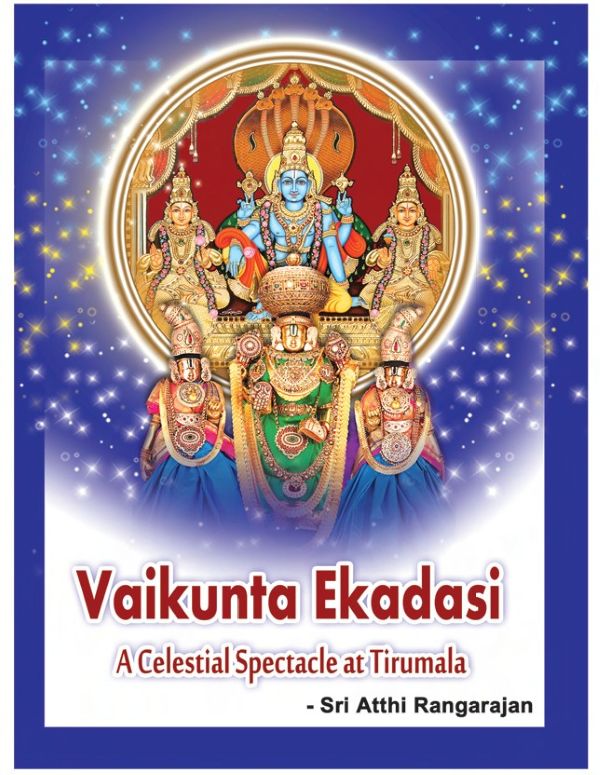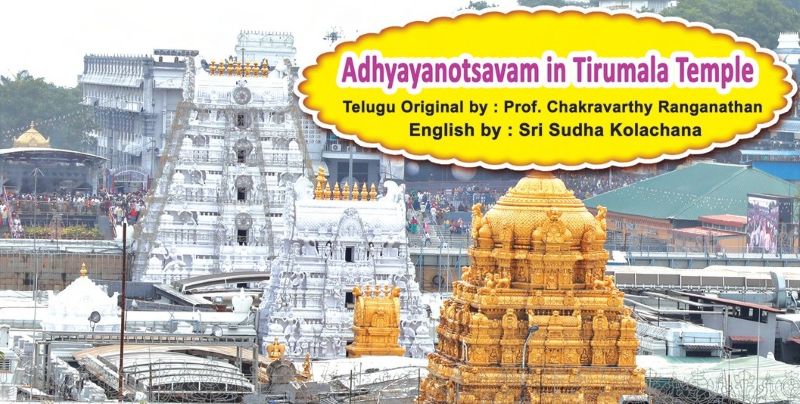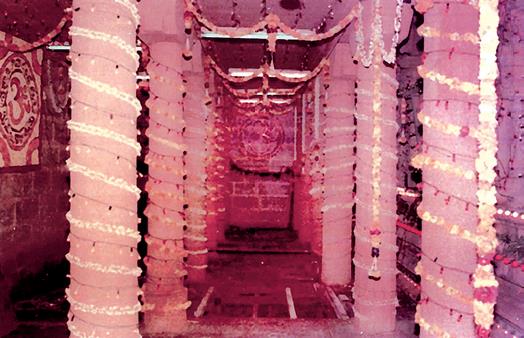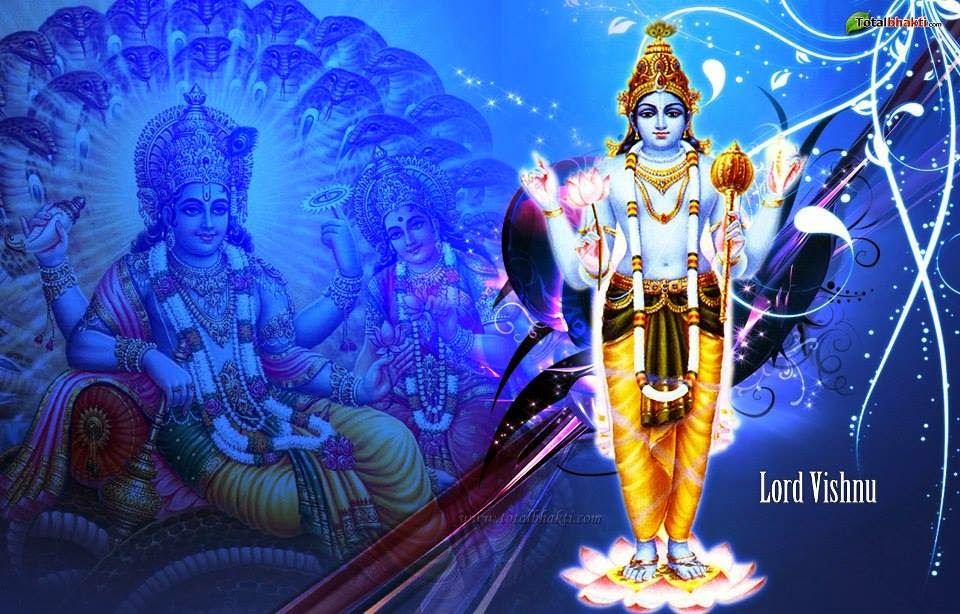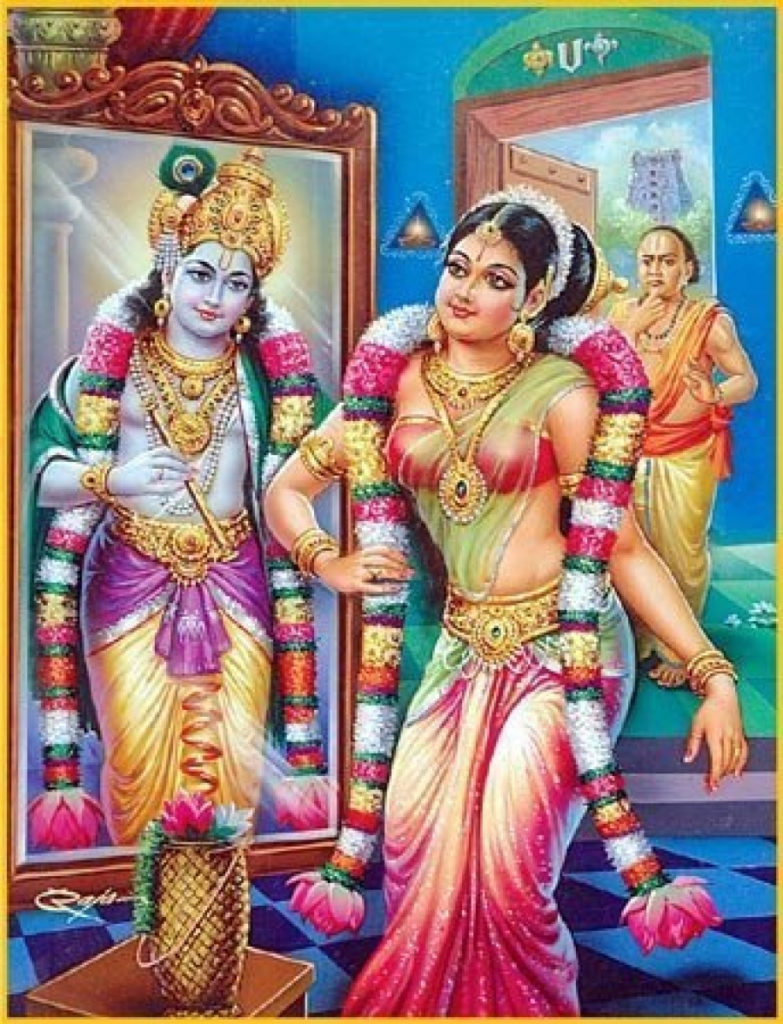What is Vaikunta Ekadasi? Meaning & Celebrations With Maha Lakshmi by His side, Sri Maha Vishnu reclining on the huge serpent bed of Adisesha in the milky ocean is a divine sight to behold. Reaching the Vaikunta Lokam and clinging to His lotus feet is the ultimate goal and purpose of one’s life. Mukkoti Ekadasi Read More
Tag: vaikunta ekadasi
Shuddha Ekadashi in Dhanurmasa is called Vaikunta Ekadasi. In the early hours of this day, the Vikuntha Dwaram (door) will be opened and again closed in the early hours of the next day, i.e. Vikuntha Dvadashi.
Adhyayanotsavam in Tirumala Temple 2025
Adhyayanotsavam in Tirumala Temple Many festivals are held throughout the year in the divine presence of Lord Srinivasa, the Brahman of Akhilandakoti i.e., the Creator of the entire universe. There are many festivals such as Nityotsava (daily), Varotsava (weekly), Pakshotsava (biweekly), Nakshatrotsava (according to stars), Masotsava (monthly), Ayanotsava (half yearly) and Samvatsarotsavas (yearly). One of Read More
Mukkoti Ekadasi – Significance & Observance
Vaikunta Ekadasi or Mukkoti Ekadasi Lord Vishnu has been described as Murari (the enemy of Mura) and Murantaka (the slayer of Mura). Ekadasi is a manifestation of Vishnu’s Sakti, the female dynamic energy of Lord Vishnu who put an end to Mura the demon, who was devastating the world with demonic force. The story of Read More
Vaikunta Dwaram at Tirumala
Vaikunta Dwaram Vaikunta Dwaram is located on the left side of the Main shrine and faces east. This door is opened only on the Day of Vaikunta Ekadasi and Dwadasi i.e. only on two days a year. This Dwaram does not have any special gopuram of its own and is also devoid of any elaborate Read More
Margasira Ekadasi : Observing the Sacred Fast for Blessings
Mrigasira or Mrigasirsha or Margazhi or Margasira Ekadasi Mrigasira or Mrigasirsha or Margazhi (Tamil) is a significant month among all other months. Margasira is also called as Dhanurmasa. The sun transits through the Dhanur Rashi and the period ends with the Makara Sankranti. Hence it is called as Dhanurmasam / Marghasirsha / Margazhi. It is Read More
Dhanurmasam At Tirumala
Dhanurmasam ‘Dhanurmasa’ is considered as highly auspicious for the devotees of Lord Vishnu. The beginning of Dhanurmasa is marked by the transit of the Sun into ‘Dhanur ’ rasi. This is also called ‘Dhanus Sankramana’. According to Sanatana Dharma, Devas wake up early in the morning during this month. They perform special prayers to Sri Read More
